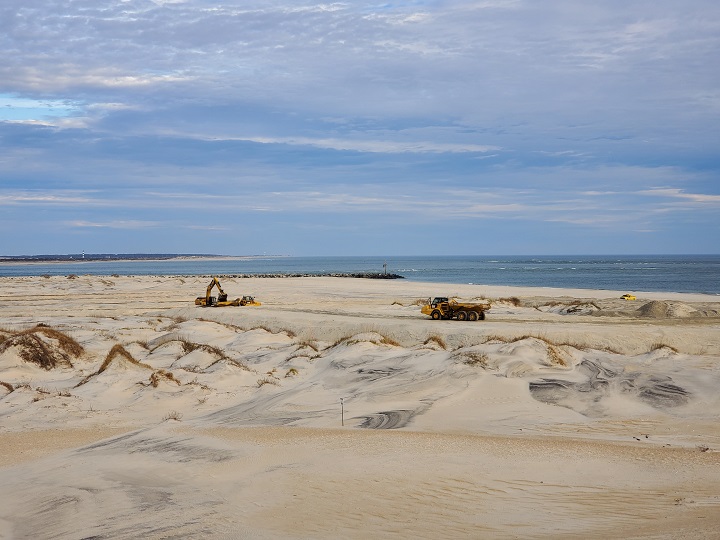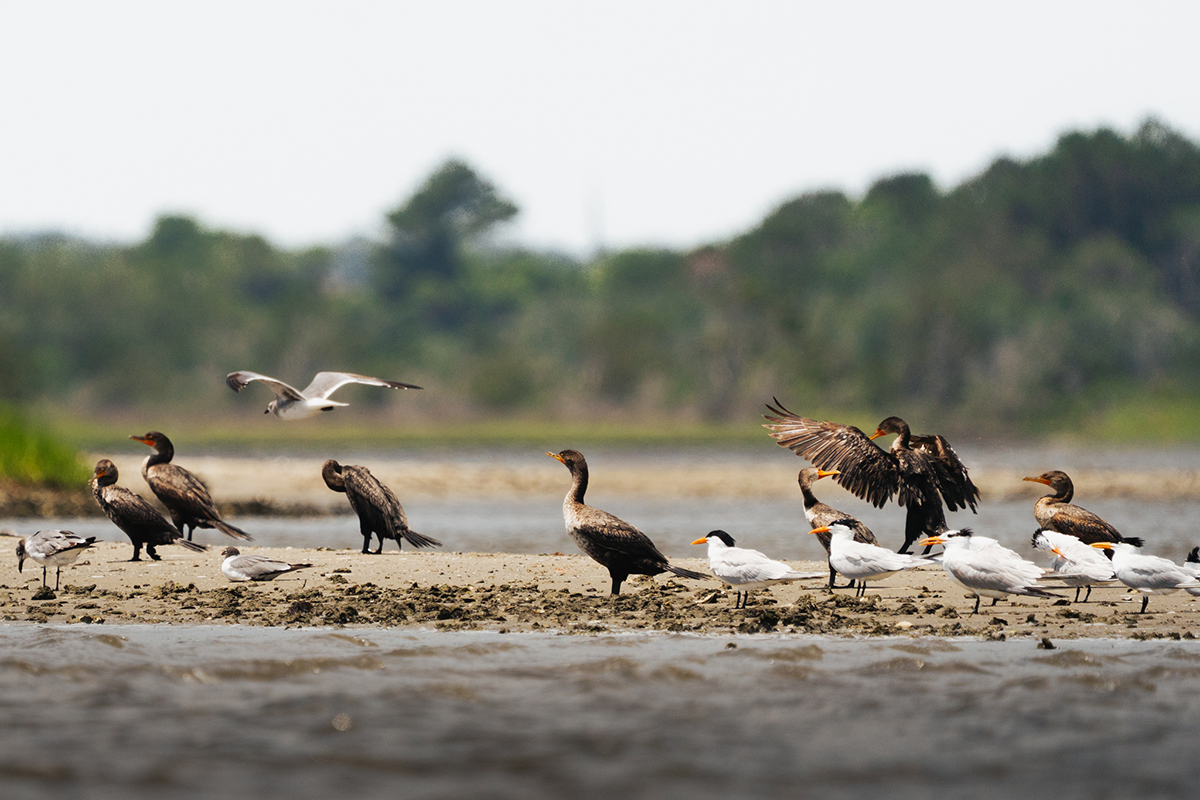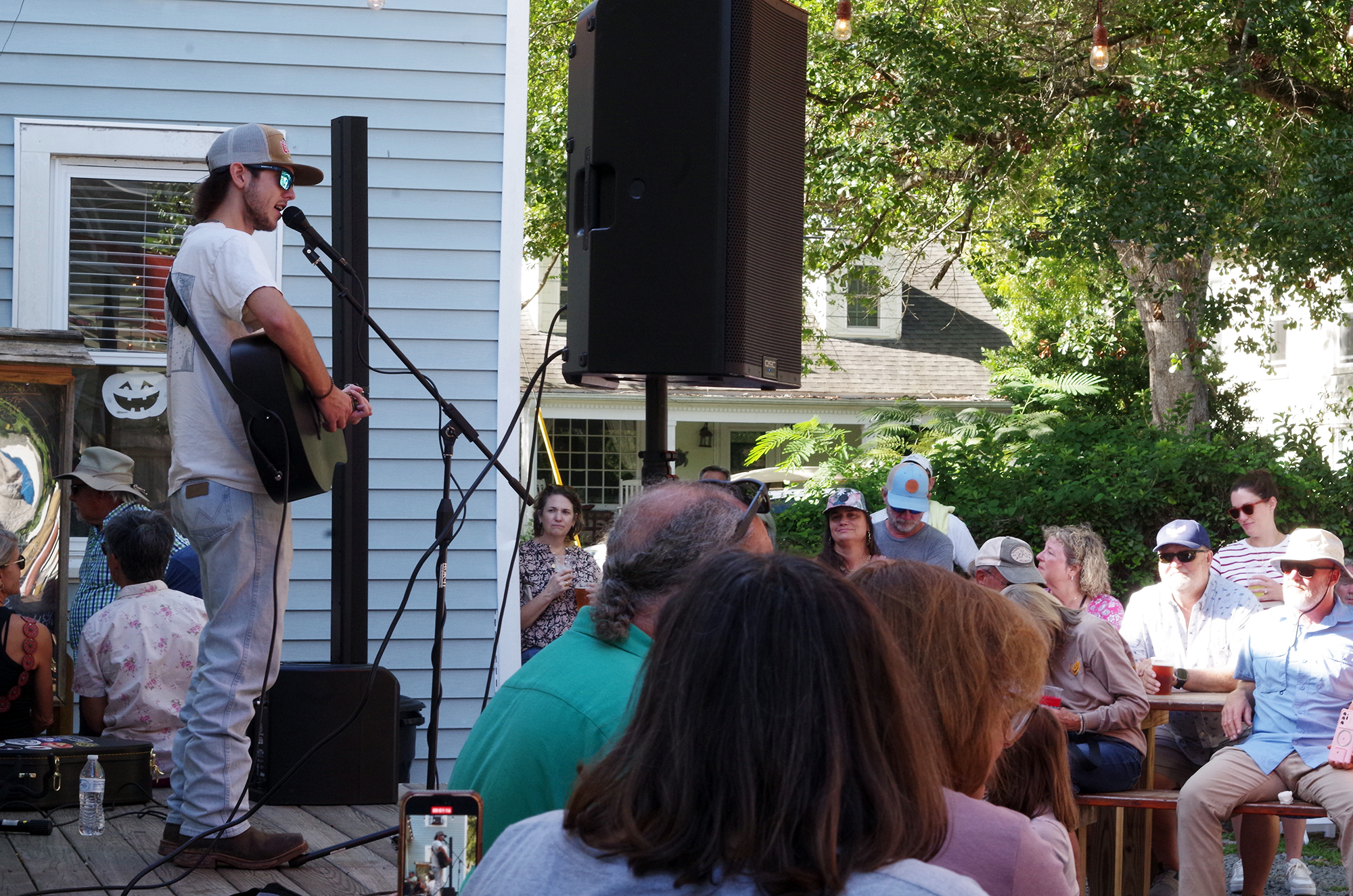Featured Image
Michael Flynn, coastal advocate with the North Carolina Coastal Federation, snagged this photo Tuesday of a habitat restoration project that began in January at the Pea Island National Wildlife Refuge, work expected to be completed this week.
The North Carolina Department of Transportation and contractor Barnhill Construction began Jan. 27 excavating sand behind the Oregon Inlet terminal groin to improve habitats for migratory birds, according to a news release from the U.S. Fish and Wildlife Service.
Supporter Spotlight
In the 3-acre area, about 25,000 cubic yards of sand was to be excavated and deposited on the upper beach adjacent to the work area, to open water inter tidal pool areas for multiple shorebird species. These habitats are important areas for foraging, breeding, and nesting activities of many different shorebirds such as piping plovers, black skimmers, American oystercatchers and least terns. Contractors were expected to finish excavating the fifth and final pond Tuesday.
The habitat restoration is part of ongoing planning efforts with the N.C. 12 Transportation Management Plan. NCDOT requested a new permit from Pea Island National Wildlife Refuge to retain the Oregon Inlet terminal groin. When the terminal groin permit was updated in 2012, it required several monitoring and management conditions, including moving sand to create suitable habitat conditions for migratory birds or other federal trust species within 0.5 miles of the terminal groin, according to the Fish and Wildlife Service.
Officials anticipated that habitat management would be necessary for between two and five years, depending upon storm frequency and intensity and habitat-monitoring results. Moving sand to create better habitat took place in the winters of 2008, 2011 and 2014 to create moist sand and inter-tidal pool habitats with nonvegetated shoreline.
Got a photo you’d like to share with Coastal Review Online readers? Please read our submission guidelines.







